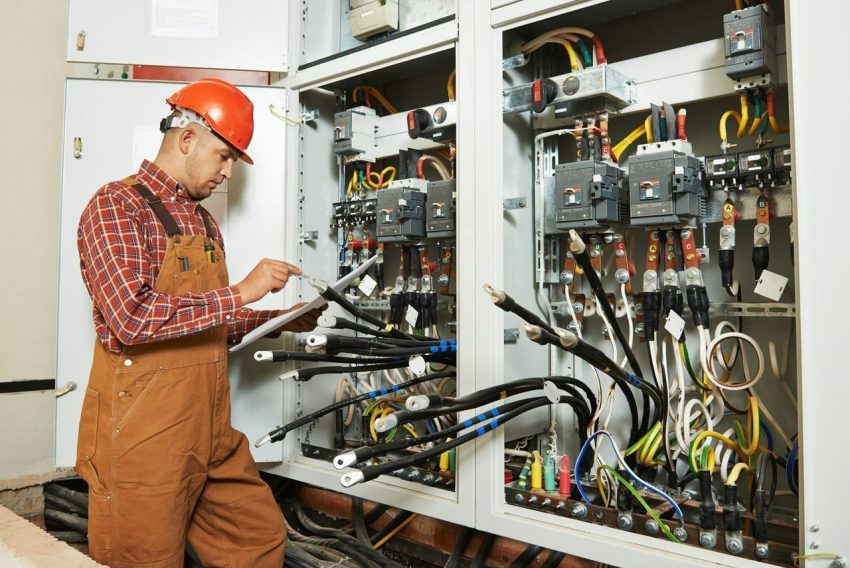In the age of technology, our homes are becoming smarter and more connected than ever before. From smart lighting systems to intelligent appliances, the demand for domestic electrical installation services is on the rise. However, with great power comes great responsibility. Domestic electrical installations require careful planning, precise execution, and a deep understanding of safety protocols. In this blog post, we will explore the essentials of domestic electrical installation, focusing on ensuring safety, efficiency, and compliance with regulations.
1. Understanding the Basics
Before diving into the intricacies of domestic electrical installation, it’s crucial to grasp the fundamental concepts. This includes understanding the different types of circuits, voltage, current, resistance, and the importance of grounding. A solid foundation in these principles is essential for any aspiring domestic electrician.
2. Safety First
Safety should always be the top priority when dealing with electrical installations. Proper insulation, correct wire sizing, and appropriate circuit protection devices such as circuit breakers and fuses are non-negotiable. Electricians must adhere to safety standards and wear appropriate personal protective equipment (PPE) to mitigate the risks associated with electrical work.
3. Planning the Installation
Careful planning is the cornerstone of a successful domestic electrical installation. This involves creating a detailed electrical layout, identifying the locations of power outlets, light fixtures, and switches. Moreover, considering the future needs of the homeowners is crucial to avoid costly modifications later on. A well-thought-out plan ensures that the installation meets the requirements of the household while optimizing energy efficiency.
4. Choosing the Right Components
Selecting high-quality electrical components is essential for the longevity and safety of the installation. This includes switches, sockets, wiring, and fixtures. Electricians should opt for reputable brands and ensure that all components are compliant with relevant industry standards. Using energy-efficient LED lighting and appliances can also significantly reduce the overall energy consumption of a household.
5. Compliance with Regulations
Every region has specific regulations and codes governing electrical installations to ensure the safety of occupants. Electricians must be well-versed with these regulations and adhere to them strictly. Regular updates and continuous education are essential to staying current with the evolving standards in the electrical industry.
6. Regular Maintenance and Inspections
Once the installation is complete, regular maintenance and periodic inspections are vital to identify potential issues before they escalate. Encouraging homeowners to schedule routine electrical inspections can prevent accidents, ensure the smooth functioning of electrical systems, and prolong the lifespan of appliances and devices.
